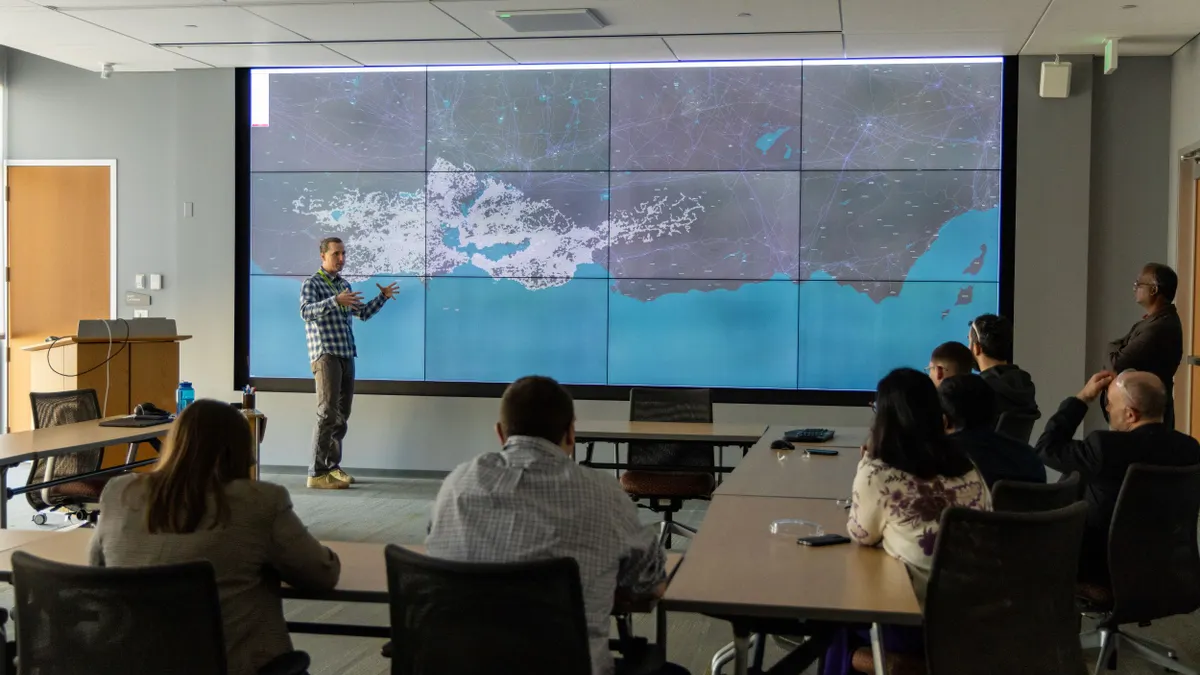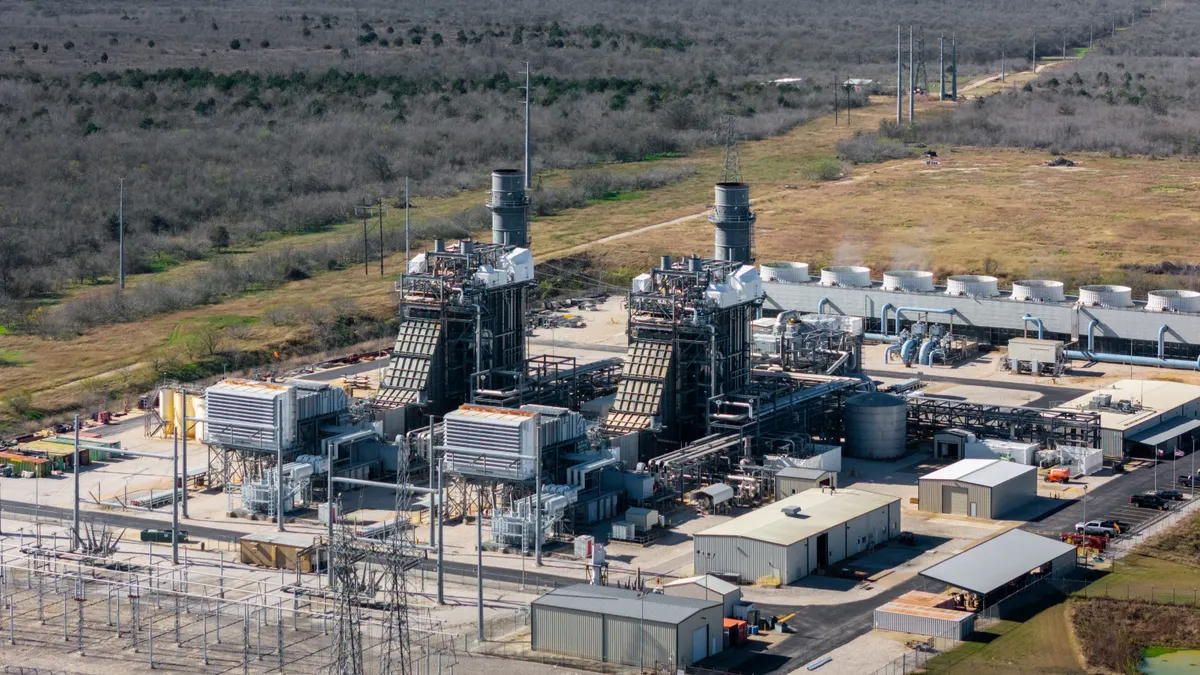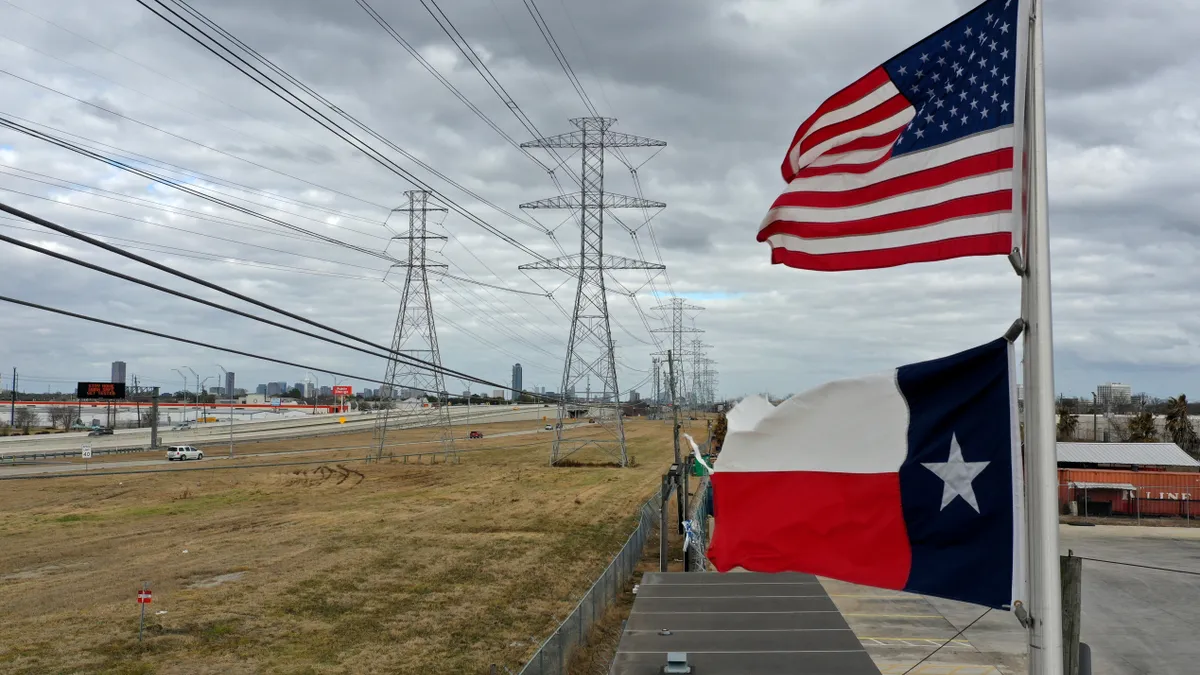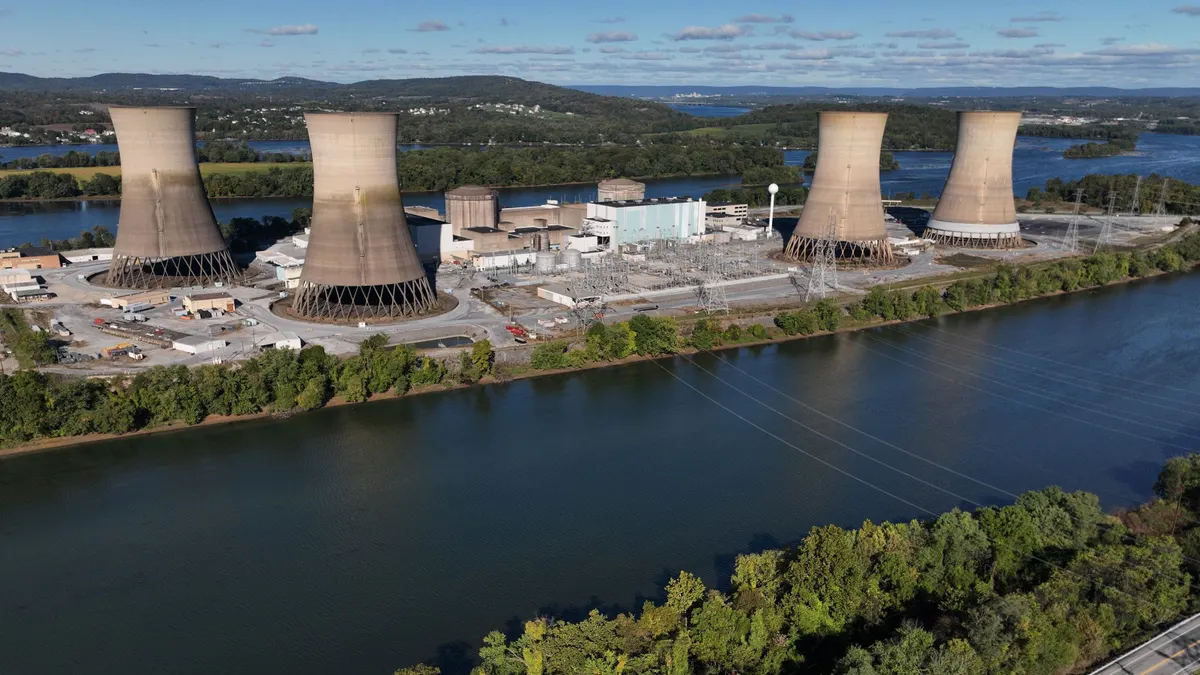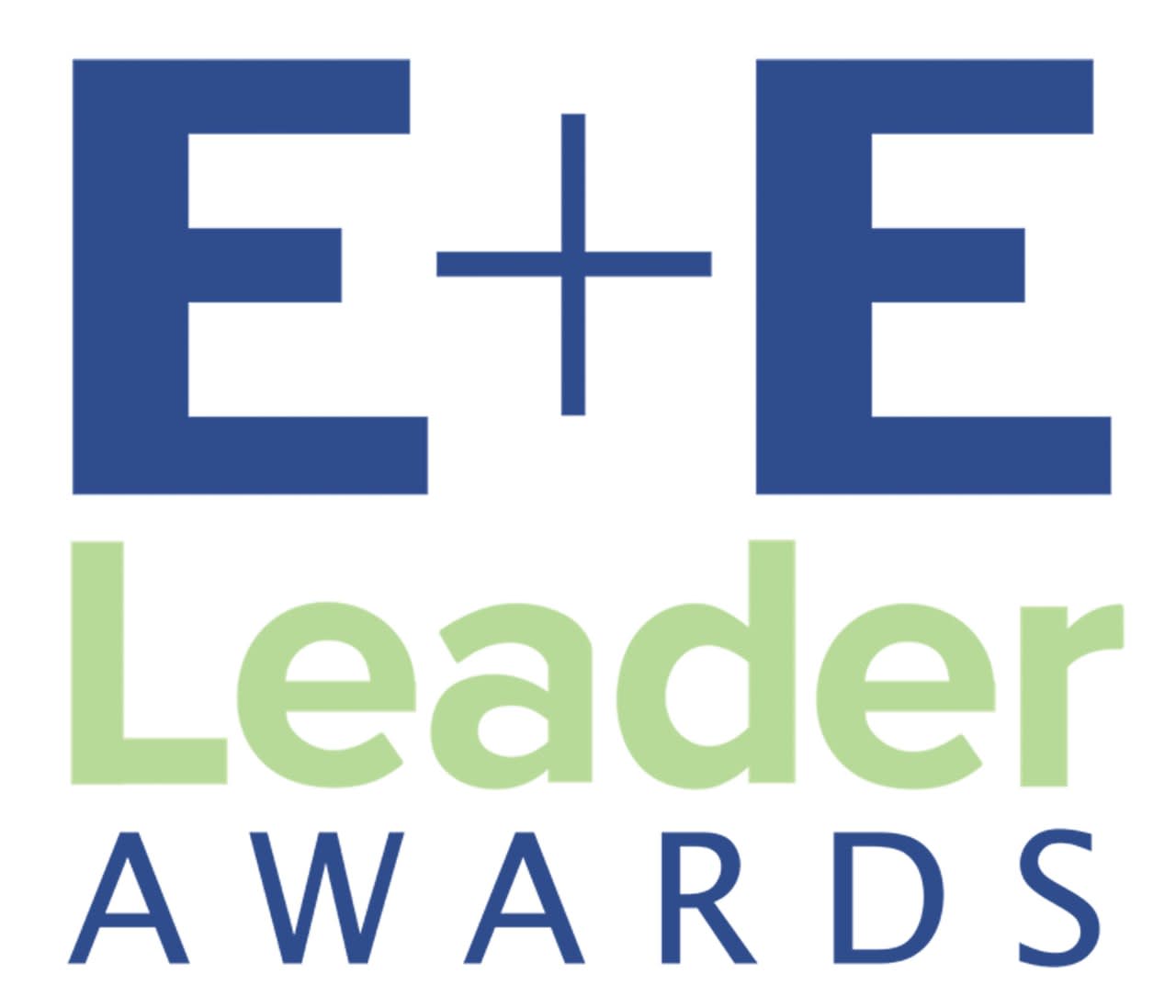For the last 100 years, U.S. electric utilities have quietly, reliably delivered electricity to their service territories. In exchange for their obligation to serve, utilities have a monopoly over their customers in traditionally regulated markets.
That's about to change.
Once they become cost-competitive with the grid, the combination of rooftop solar and energy storage will give tomorrow’s energy consumers something they have never had: a choice.
When in use, distributed energy resources allow consumers to financially leave the utility system — or, perhaps even worse for utilities, use it at no cost. In certain regions, customers with rooftop solar can use the grid as virtual energy storage by selling solar-generated power back to the grid at the retail price of electricity. Then, later in the day, when these customers actually need power, they buy it from the grid — again, at the retail price.
Utilities argue these customers, though relatively low in penetration, do not pay for the grid and therefore impose higher prices on the rest of the utility’s customer base. Coupled with slow electric sales growth and greater energy efficiency, this is driving per-customer electricity rates up.
As rates increase, distributed energy resources and energy efficiency become increasingly more attractive, which further cuts down on electric sales. Stagnant or even declining sales will then hit utilities where it hurts: their credit ratings. This will increase their cost of capital, which is essential to utilities' capital-intensive business, and further raise rates.
Enter the "utility death spiral."
As monopoly disintegrates, new players emerge
New entrants are looking to wedge themselves between energy consumers and the incumbent utility.
"There’s a battle — a war, if you will — between companies to grab the consumer’s 20-year relationship," said Howard Wenger, president of SunPower's international power business. "I think everybody wants that relationship, which is a dollar-per-month, long-term relationship to sell energy and energy services."
Unburdened by the traditional utility-customer regulatory compact, new market entrants such as solar leasing and "last-mile telecom" companies have "ambitions to become a new kind of utility," Tendril CEO Adrian Tuck (whose company is launching a data management platform for the energy services market) told Utility Dive.
These new entrants — Comcast, Google, SolarCity and Tesla spring to mind — are eating away at the traditional utility business model by providing "products and services, directly to the consumer, which are deemed essential to the enrichment of their life experience," NRG Energy CEO David Crane wrote in a recent open letter to the power industry.
Companies like Amazon, Apple, Facebook and Google have achieved "comfortable ubiquity [...] in the hearts and minds and everyday lives of the vast majority of people," Crane said, by relating, connecting, enabling and empowering their customers.
There is no power company that does that — at least, not today.
NRG Energy wants to be like Apple, but for electricity
Today, NRG Energy is the largest independent power producer and competitive electricity supplier in the U.S. with a multi-region, multi-fuel generation portfolio of 53,000 MW and 3 million retail electricity customers.
Despite this strong foundation, the company's CEO believes the centralized power grid will soon be a "last resort."
There is “inexorable trend towards a distributed generation-centric, disaggregated future featuring individual choice and the empowerment of the American energy consumer,” CEO David Crane told investors and analysts during a February earnings call.
As a result, NRG Energy's main business — conventional power generation — faces contraction.
In order to position the company for future success, NRG Energy is targeting three high-growth areas: business self-generation, home energy services and off-grid solutions.
NRG will be "soon-to-market with a robust platform offering rooftop solar to homes and businesses and other forms of sustainable and clean generation that will offer our customers the ability to dramatically reduce their dependence on system power from the centralized grid," Crane said.
To accelerate the company's progress towards this goal, NRG Energy recently purchased Roof Diagnostics Solar, the 8th-largest solar installer in the U.S.
NRG wants to "build a top tier residential solar franchise" like SolarCity, Crane said. "Our goal of course is to seamlessly offer residential solar to our 3 million conventional retail customers and conversely to offer system power and other energy products and services to our much smaller but very fast-growing roster of residential solar customers."
The move, combined with the expansion of the company's retail footprint in the Northeast through the acquisition of Dominion's competitive supply business, positions NRG Energy to be an early leader in the energy services market for residential customers.
"We have made no secret in recent years of our belief that the future of competitive retail energy supply lay in providing a broader range of energy and energy related products and services, both inside the home and on the home," Crane said. "And the key to future success in retail will be to win the hearts and minds and loyalty of home-owners in all of the markets in which we participate."
"Think of 50 million American homes each with a distributed solar system at $20,000 a pop on average," Crane said. "That represents a trillion dollar market opportunity."
Despite these moves, NRG Energy wants you to know that it is not yet the Amazon, Apple, Facebook or Google of the energy sector.
“We are doing everything in our power to head in that direction…as fast as we can,” Crane said. “But we need to pick up the pace further, and that is what we intend to do. The good news is that we have been working hard over the past few years to put the pieces in place and, therefore, aren't starting from scratch.”






